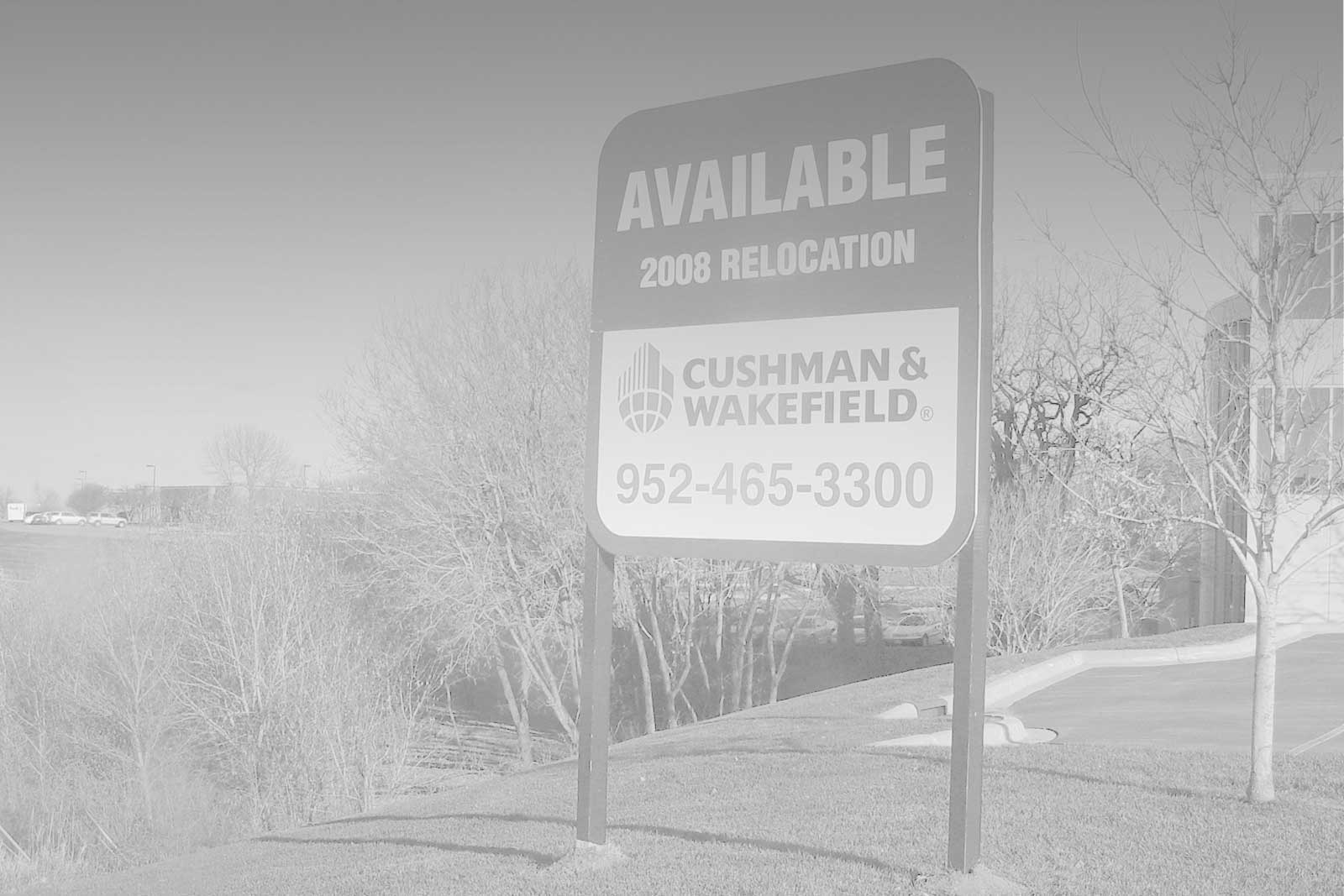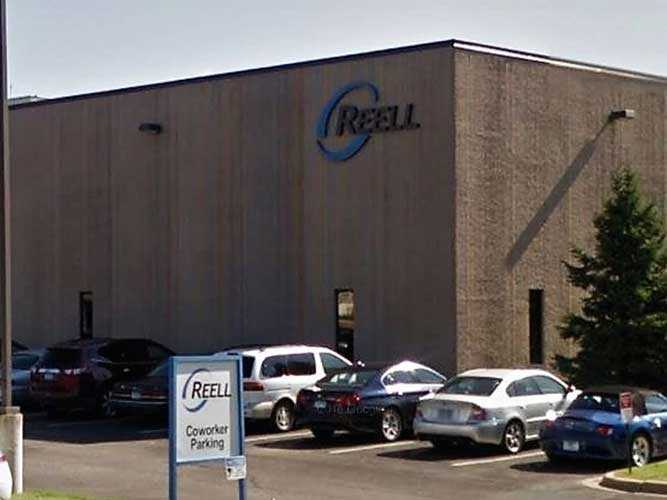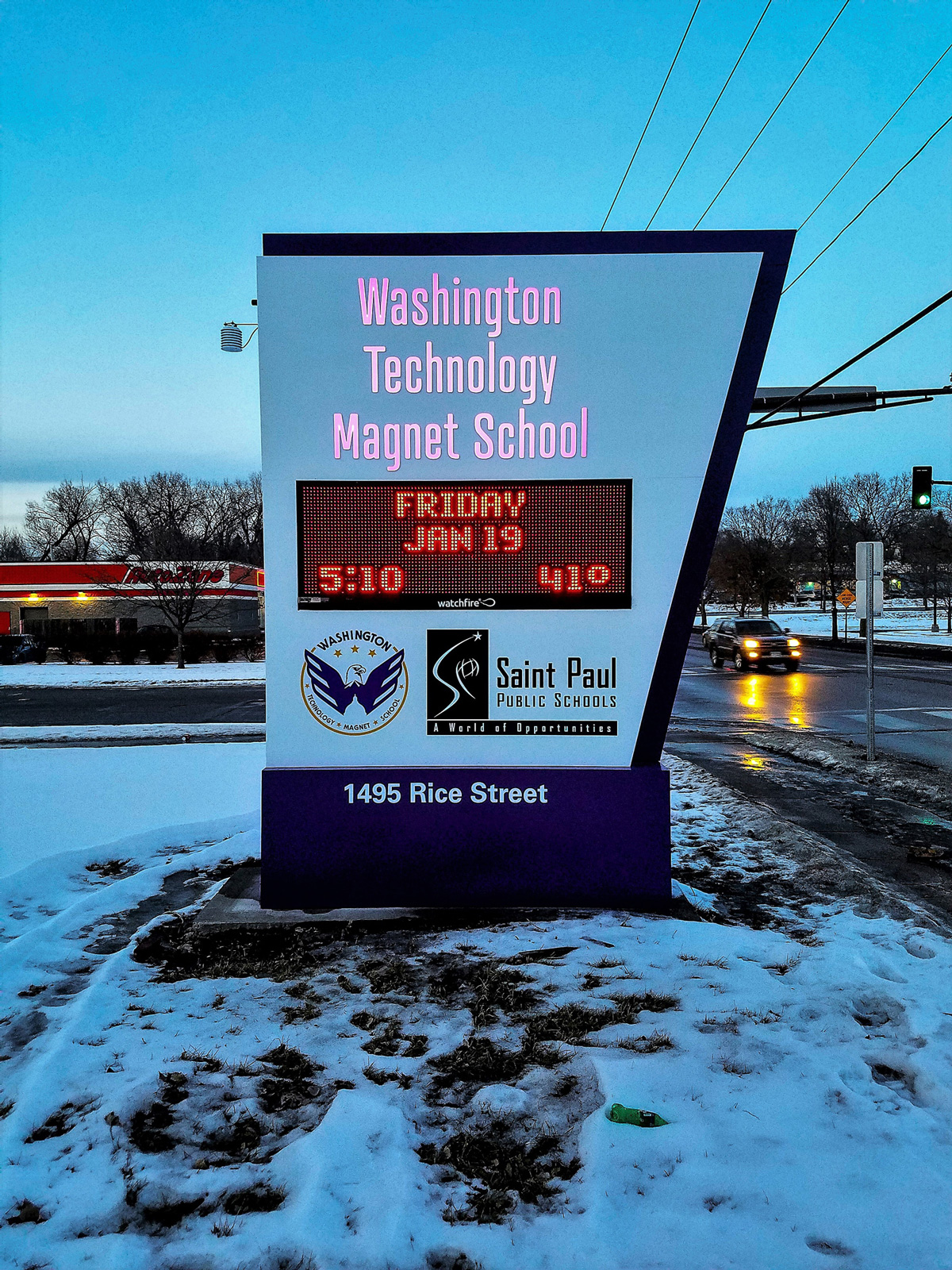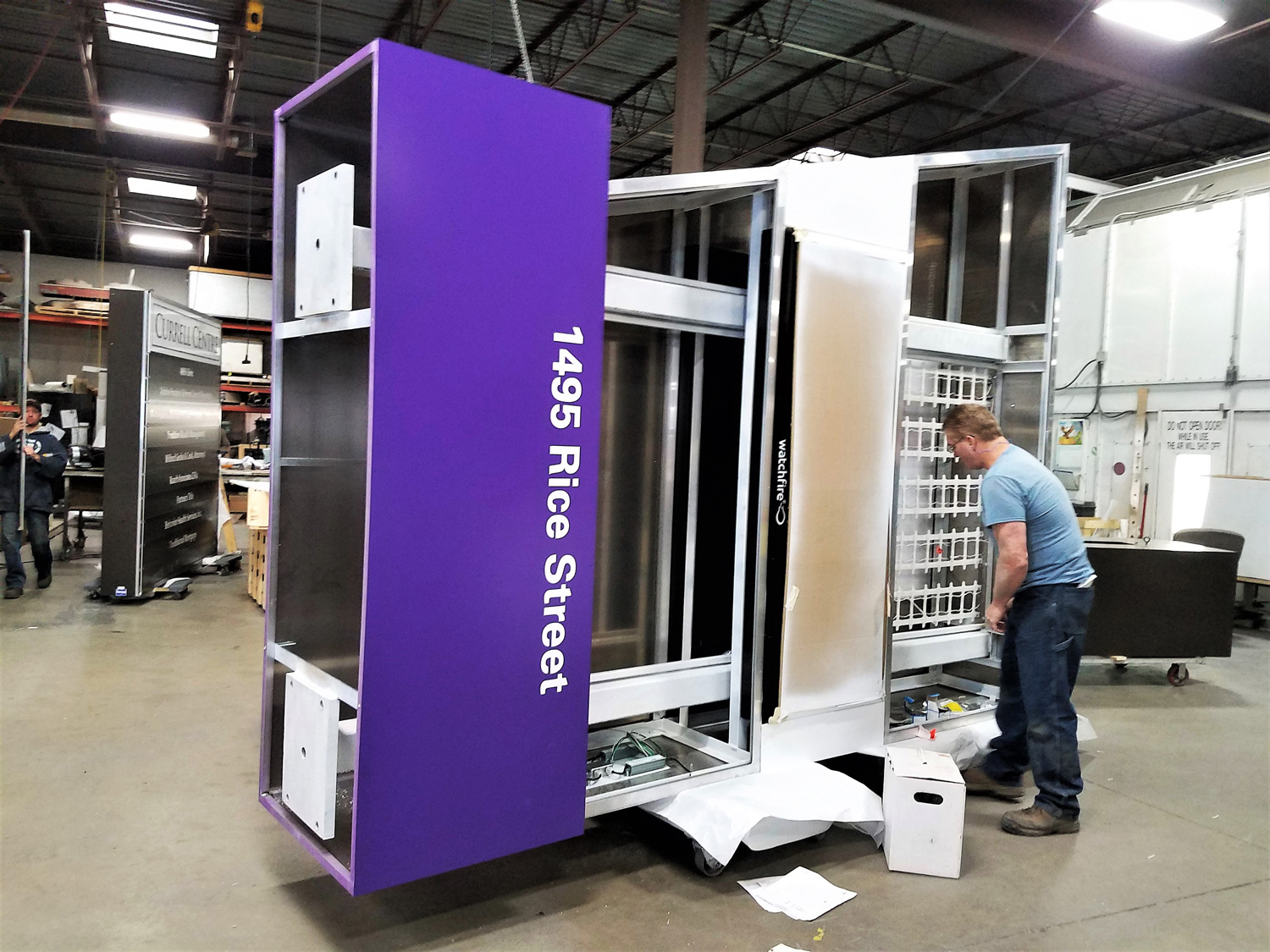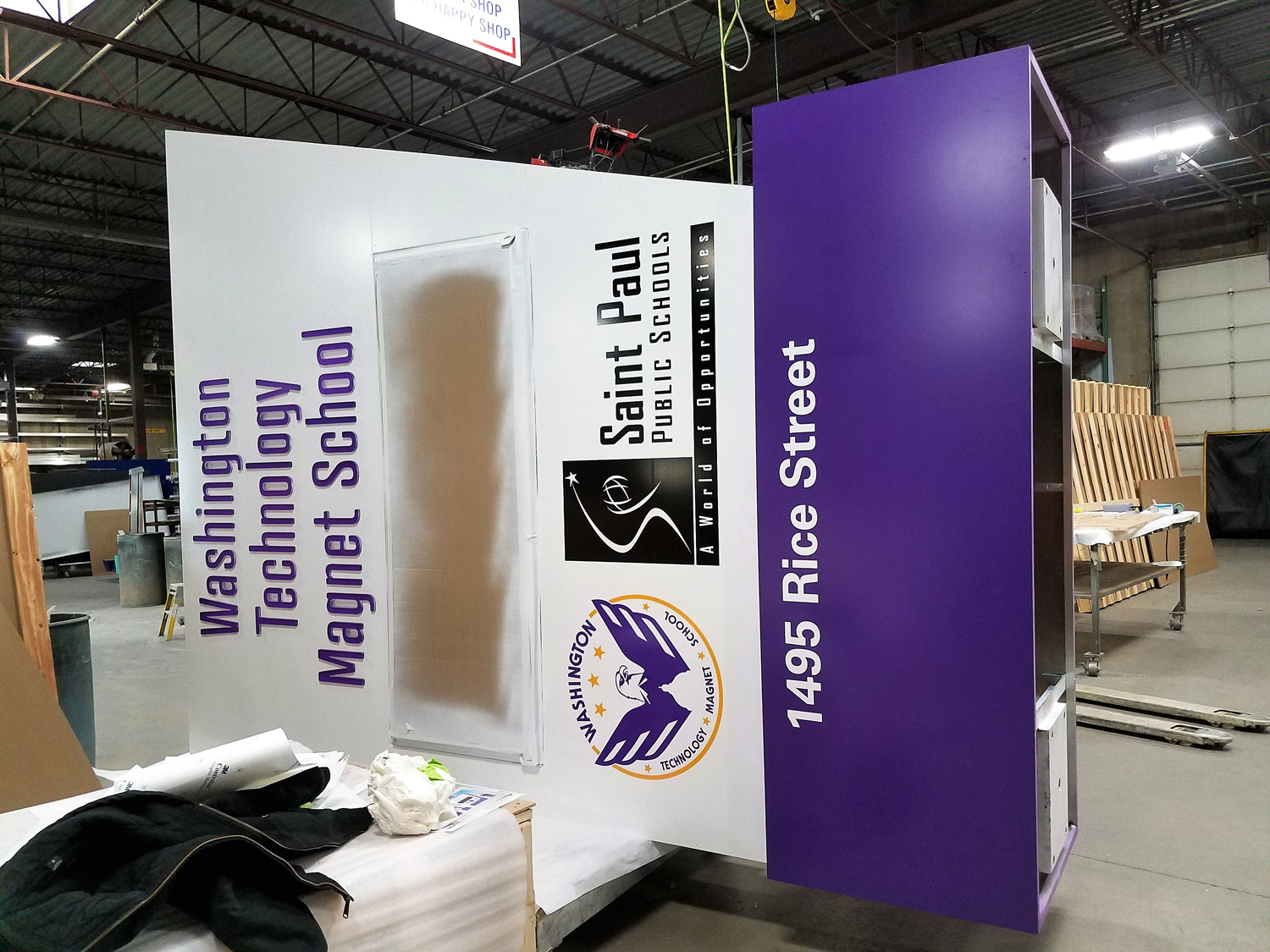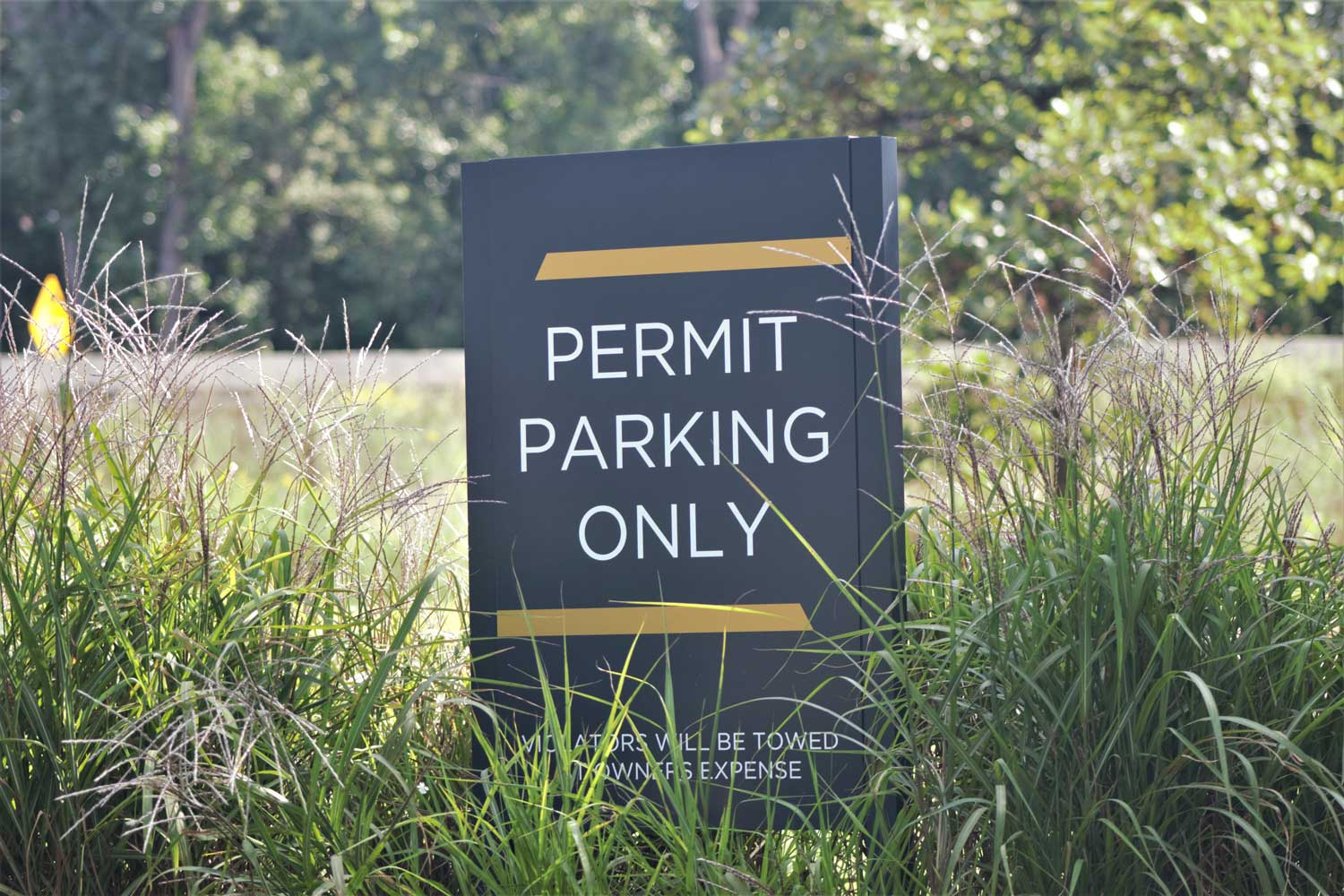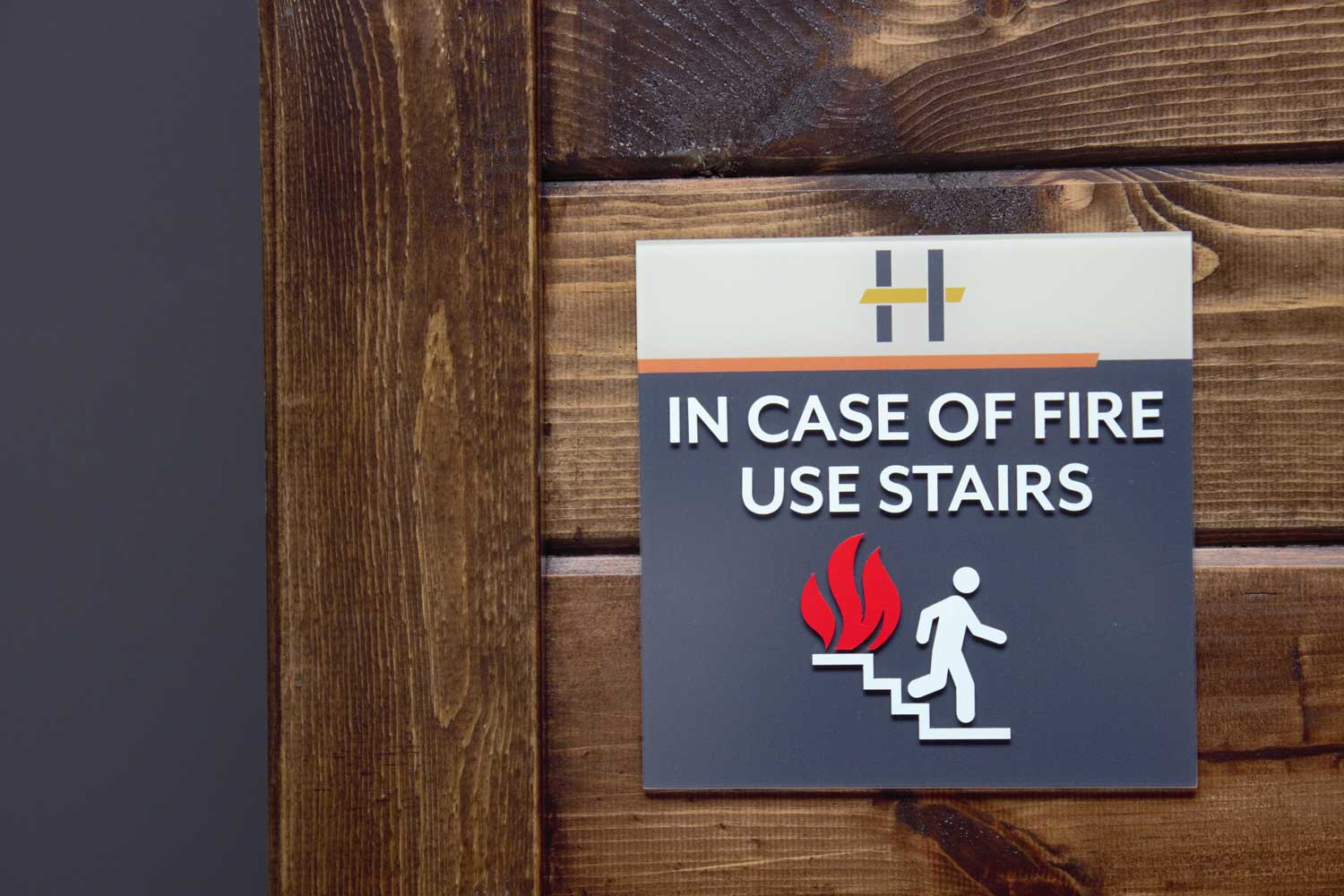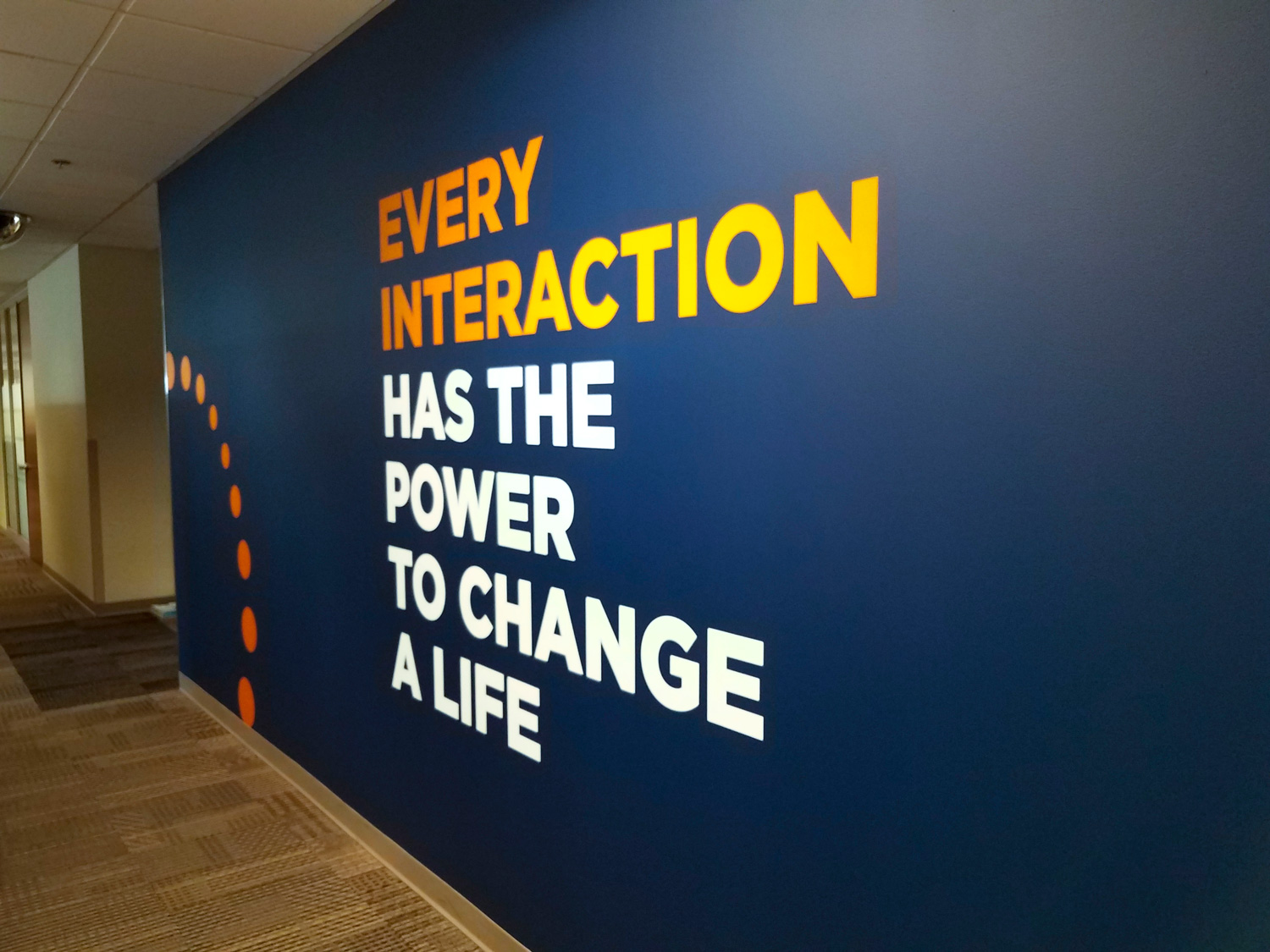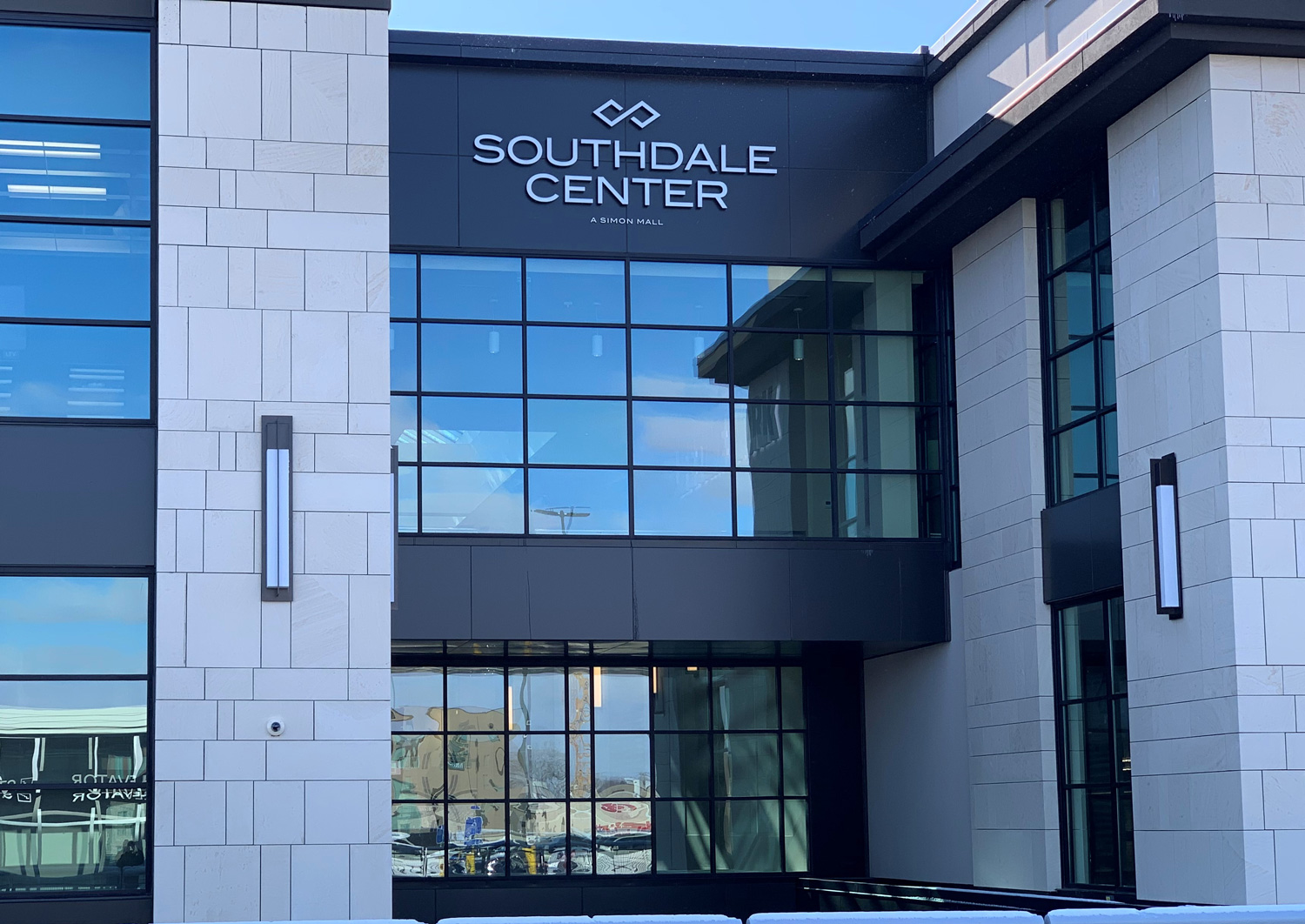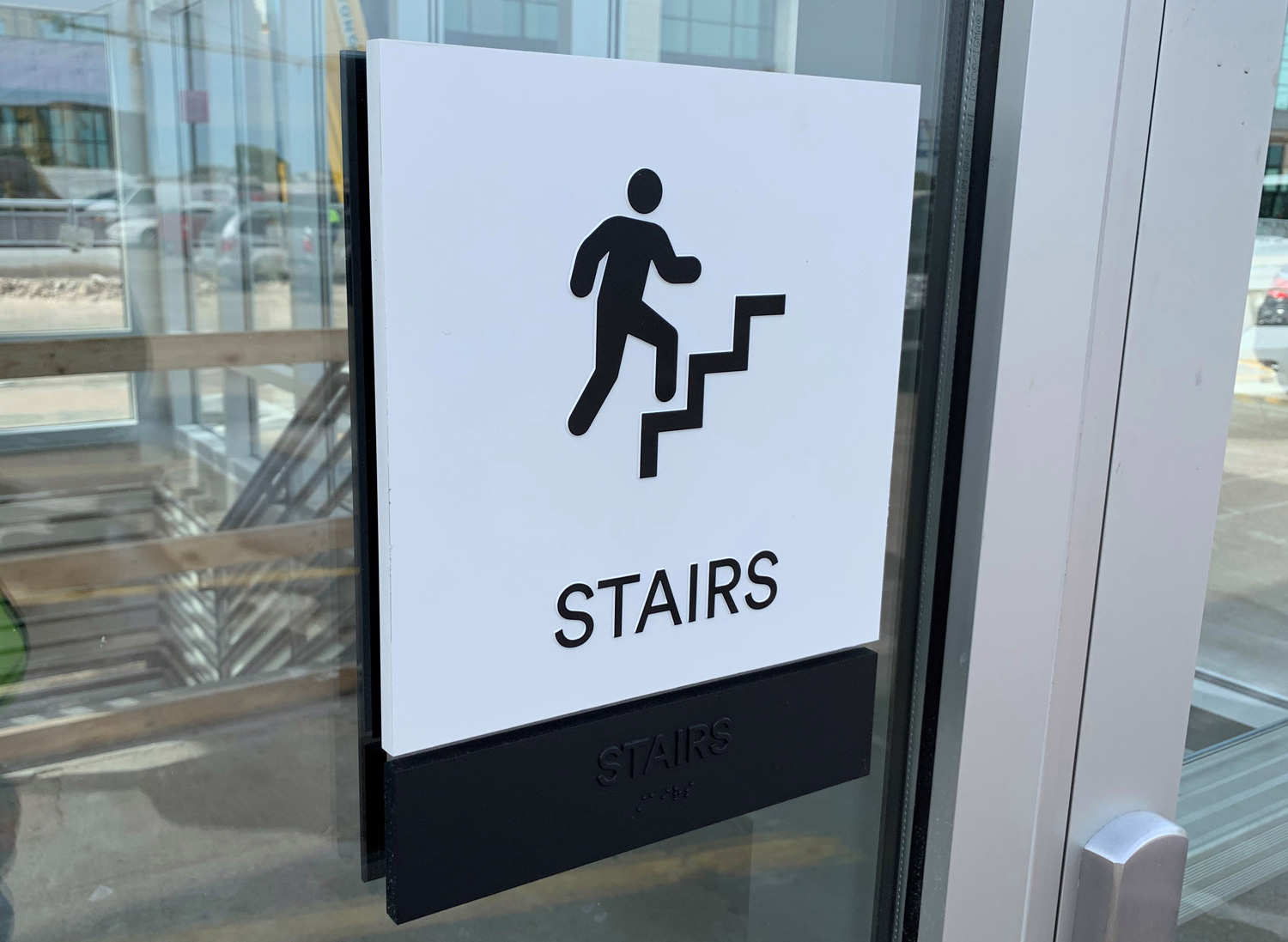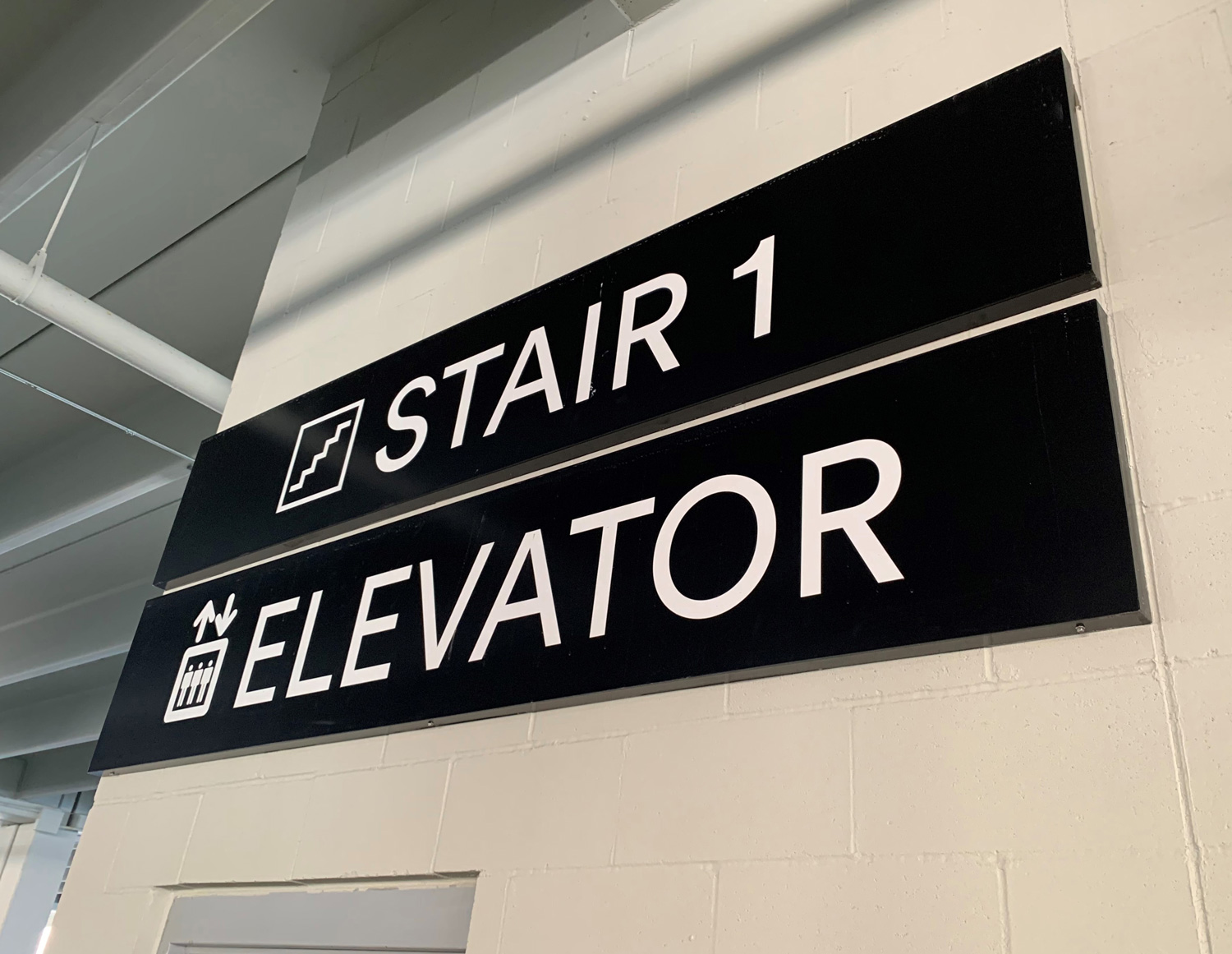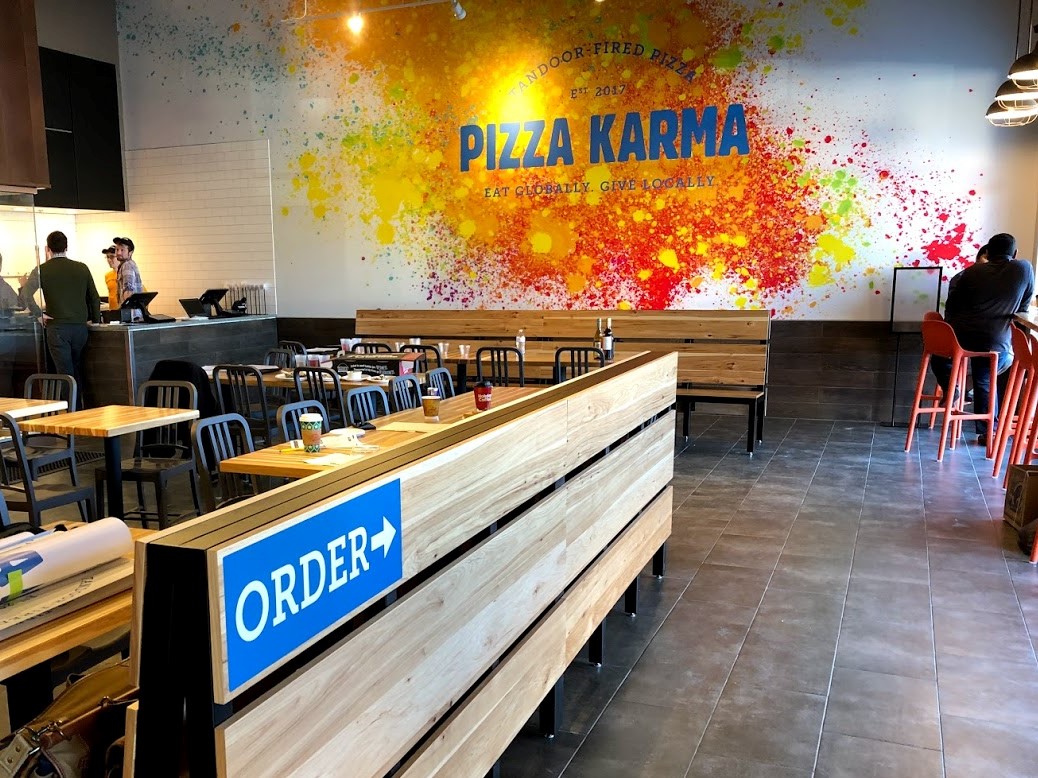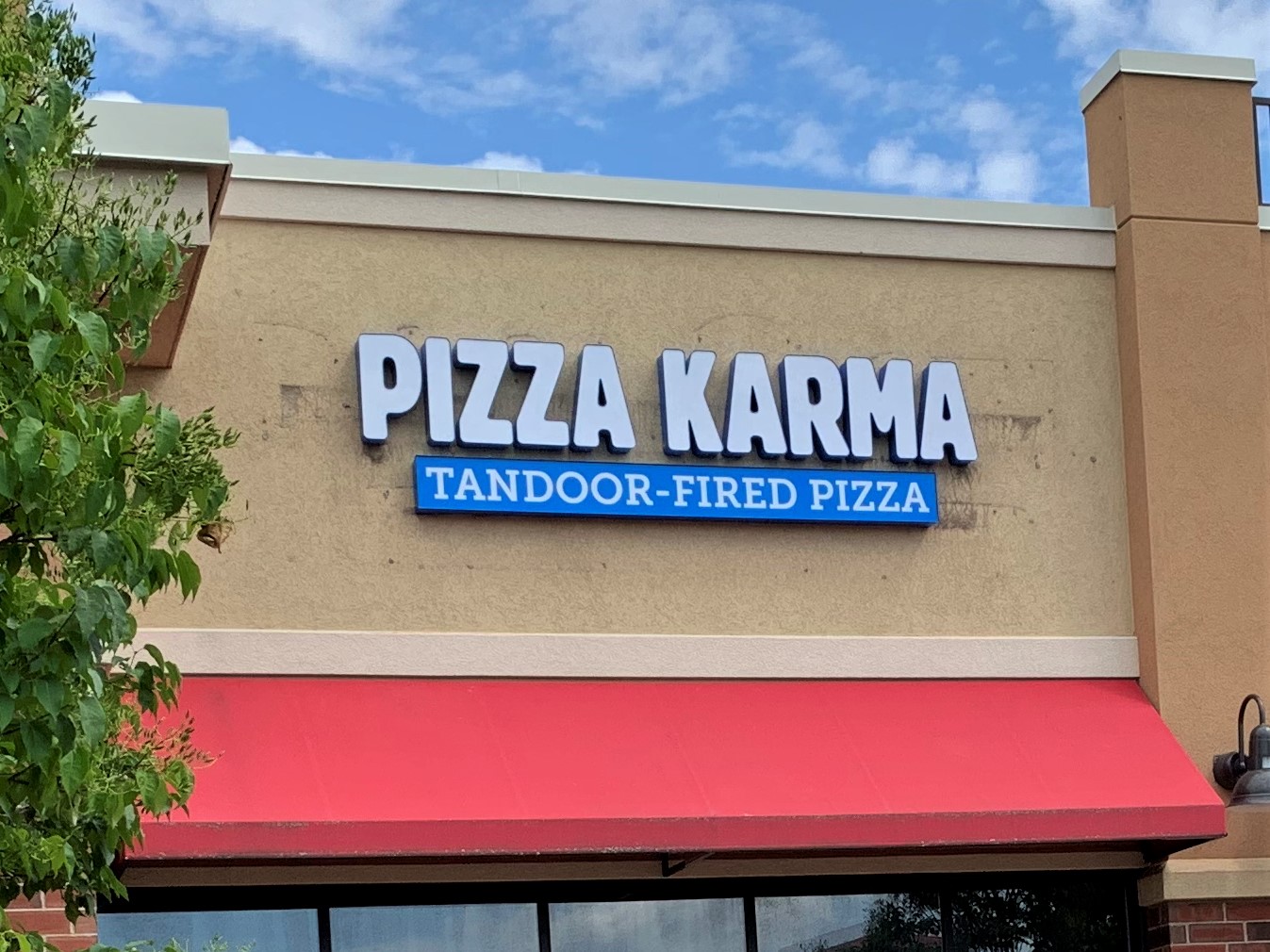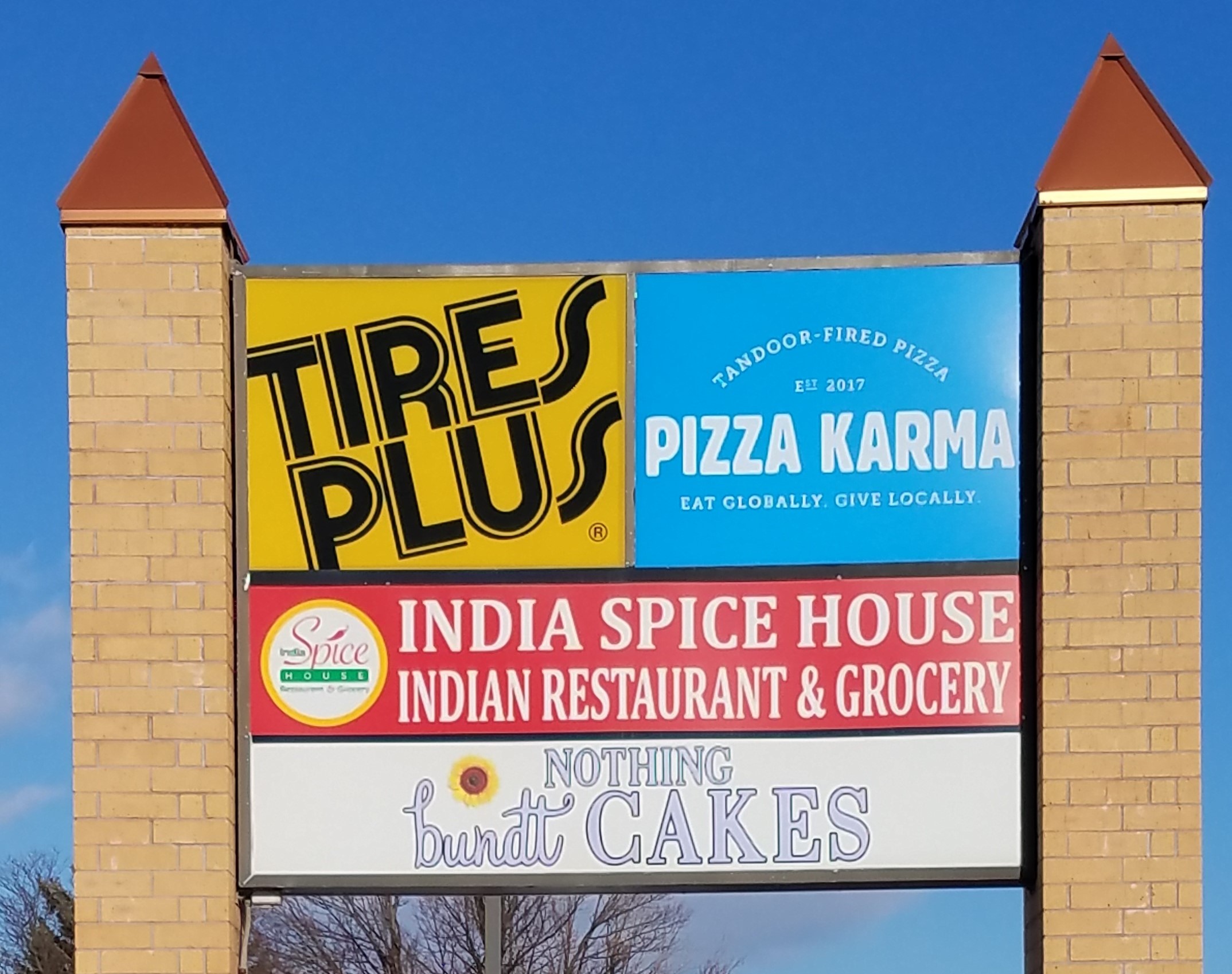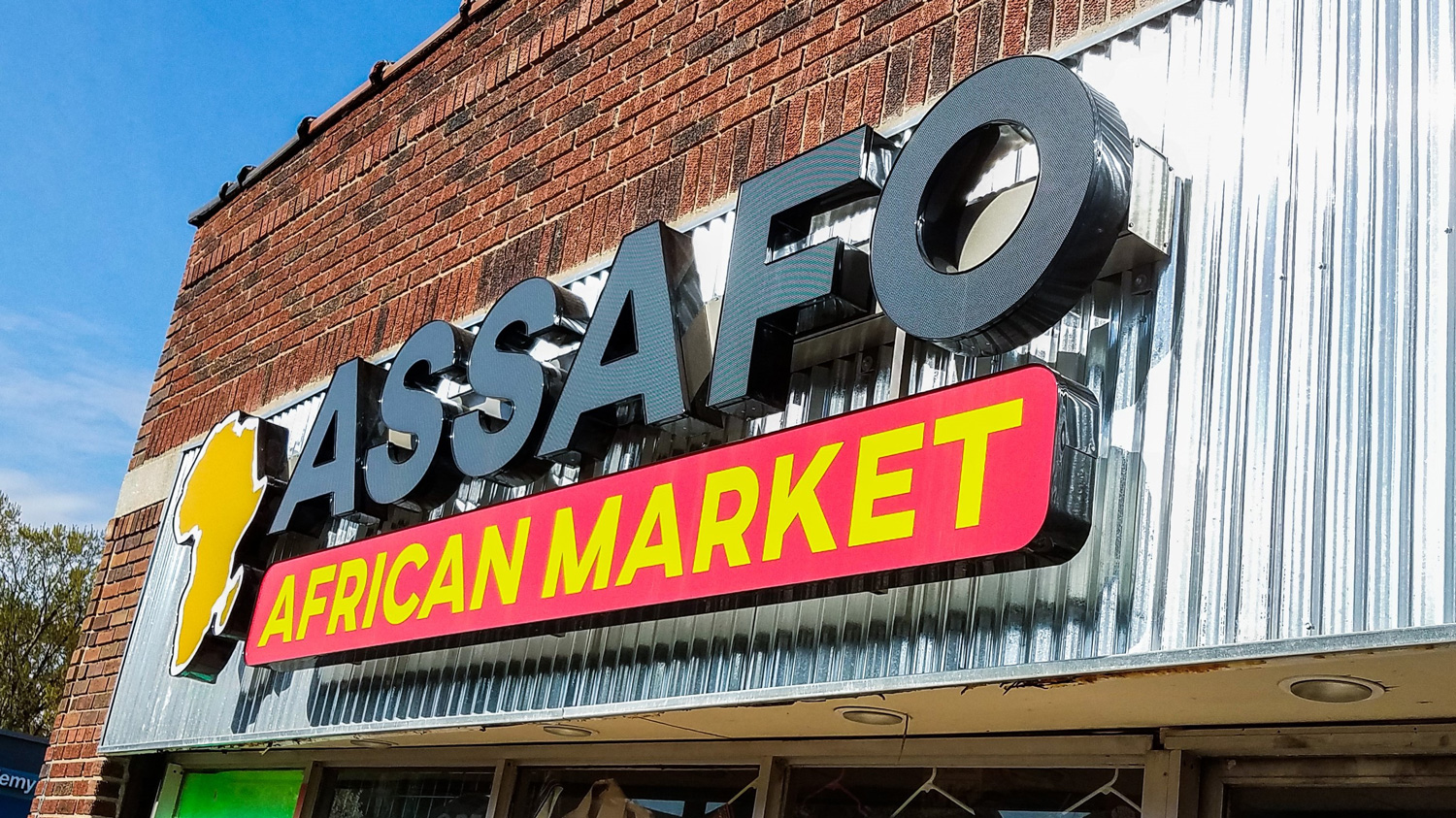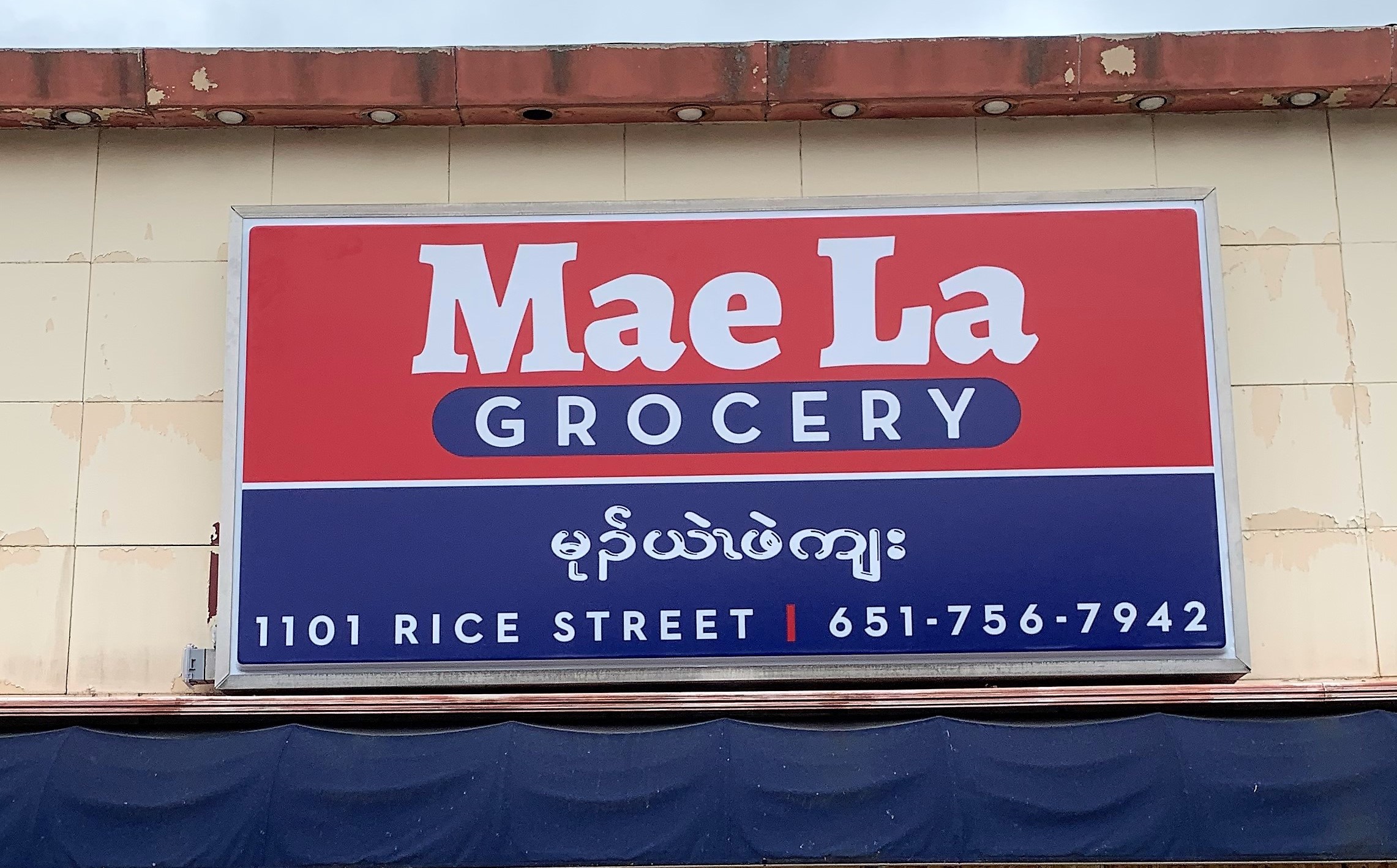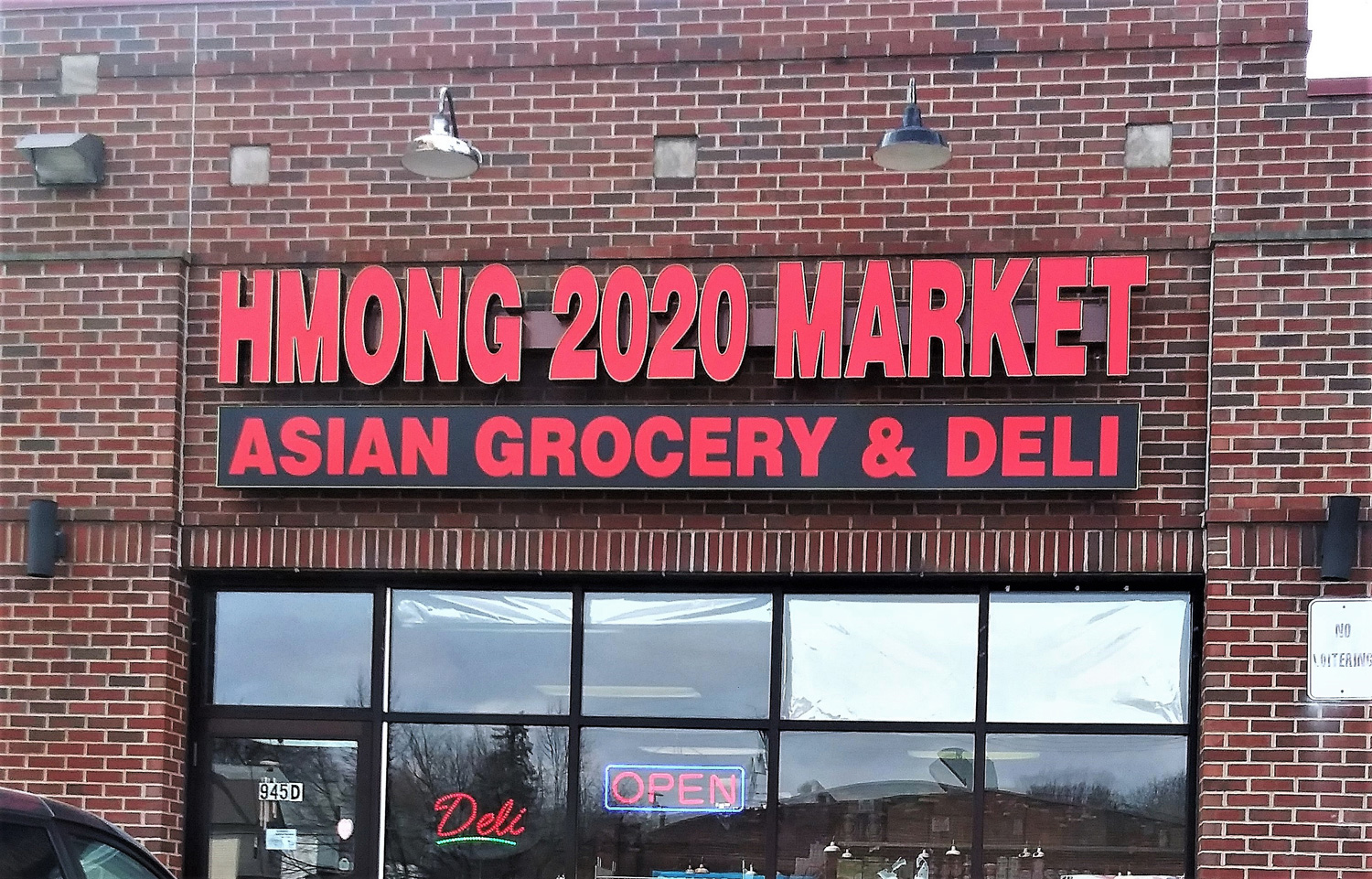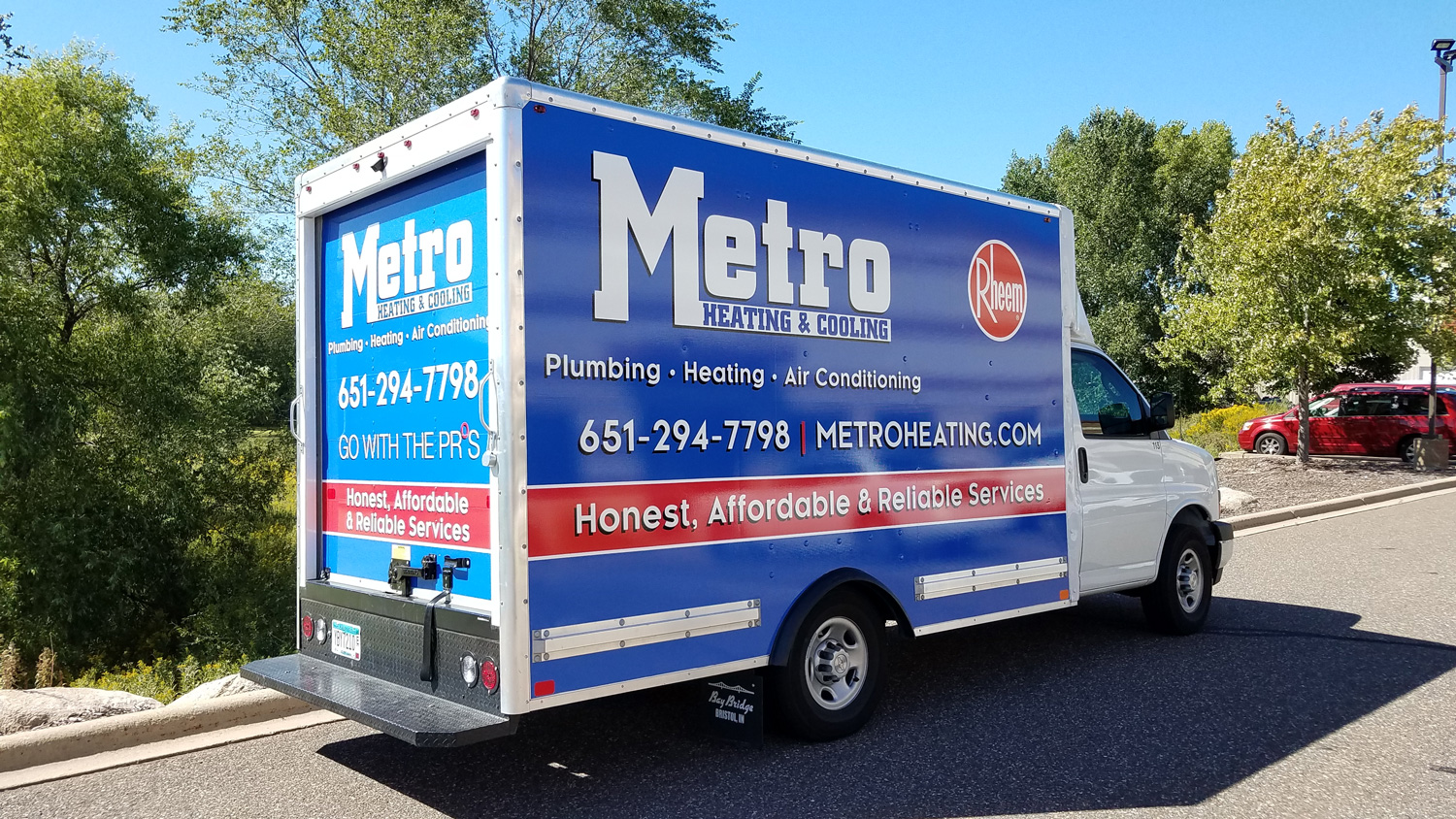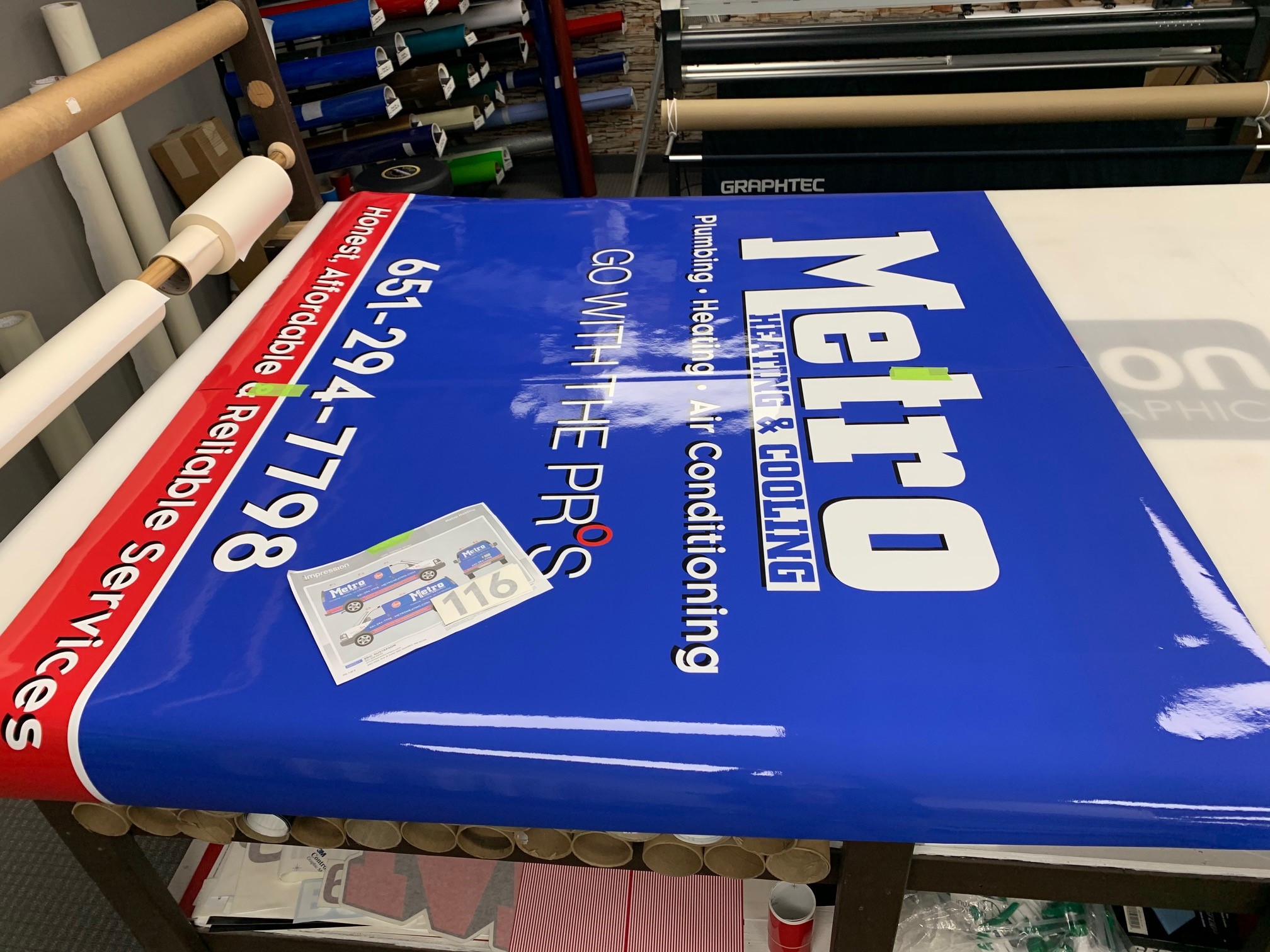At Impression Signs we pride ourselves in building quality custom signage that captures our clients’ visions and meets their unique needs. We also understand the importance of attention to detail from conception to completion and throughout a sign’s life. In this post, we’ll walk you through the life cycle of one of our products–the outdoor sign.
Before you order an outdoor sign, here are some important questions to ask so you can walk away with the perfect sign for your situation:
- What is the purpose of my outdoor sign?
- How long do I plan to keep my outdoor sign up?
- Whose attention am I trying to attract with my outdoor sign?
- What kinds of weather will my outdoor sign be exposed to?
- Is it important to me to be able to move my outdoor sign around?
- Do I plan to take my outdoor sign down, store it, and put it back up later?
Choosing the Outdoor Sign That’s Right for You
When you think of outdoor signs, what do you think of? More than likely, you picture a corrugated plastic sign with thin metal stakes that stick into the ground. They’re inexpensive and easy to customize in whatever shape and colors you envision. These signs are lightweight, water-resistant, and easy to install and move around outdoors. With proper care, coroplast (corrugated + plastic) signs can possibly last 1–2 years, weather-dependent, of course.
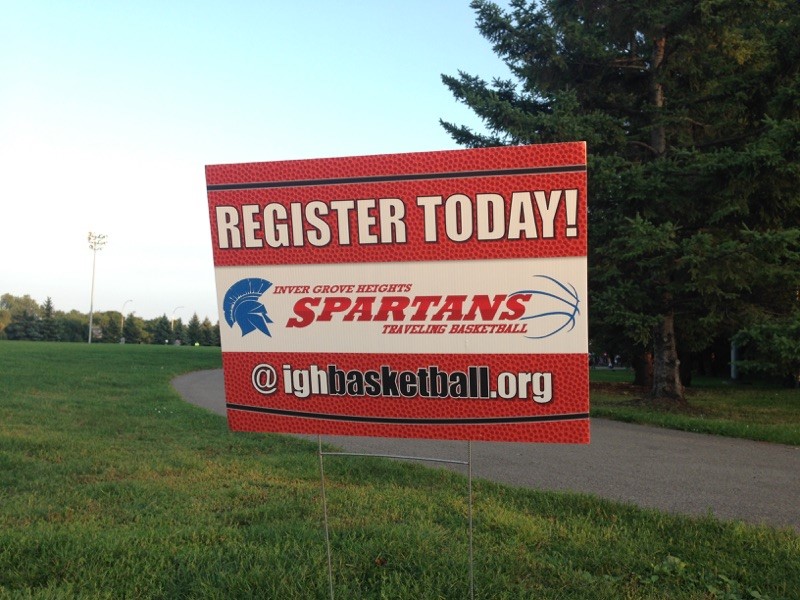
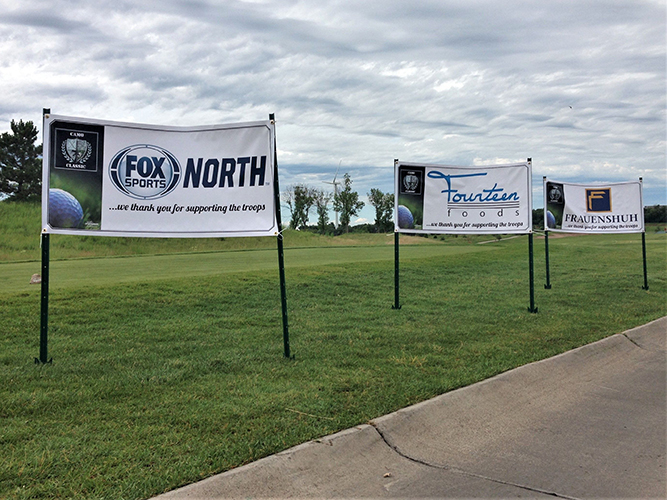
Coroplast signs commonly advertise political candidates, causes, rummage and estate sales, “For Rent” opportunities, neighborhood services, and even newly opened businesses.
Aluminum yard signs are also a popular choice. For example, real estate signs are often designed on aluminum panels adjoined to metal stakes, making them easy to install and remove. Aluminum signs are lightweight and long-lasting. In fact, with proper care, they can last 3–5 years. They’re not prone to rust and they’re waterproof. Just like coroplast signs, aluminum signs can also be cut into any shape.


For people looking for an outdoor sign that’s more durable or longer lasting, a site sign is another great option. Site signs are beefier than traditional yard signs and have posts that can be dug into the ground and backfilled. These semi-permanent signs are also known as “post and panel” signs and are an excellent choice for more long-term needs. You generally see site signs on construction sites and in front of buildings or land “For Lease,” apartment and townhome complexes, office parks, or businesses.


Although they’re not secured to the ground by stakes or posts, A-frame sandwich board signs are another sub-category of outdoor signage. You’ll usually find sandwich board or A-frame signage on sidewalks outside of shops or restaurants, luring in passersby with current sales or special offers. And, because they sit on top of the ground and fold flat, they’re easy to move around and store.
Directional signs are yet another type of outdoor sign, commonly spotted at special events. Typically made from PVC or coroplast, these signs help guests navigate music festival grounds, find stations at golf outings or fairs, and help show people where to park or find things at outdoor events.
Vinyl banners displayed between posts in the ground are also an effective way to communicate your message outdoors. Banners are easy to clean, roll up, store, and make a great affordable option for budget-conscious consumers.
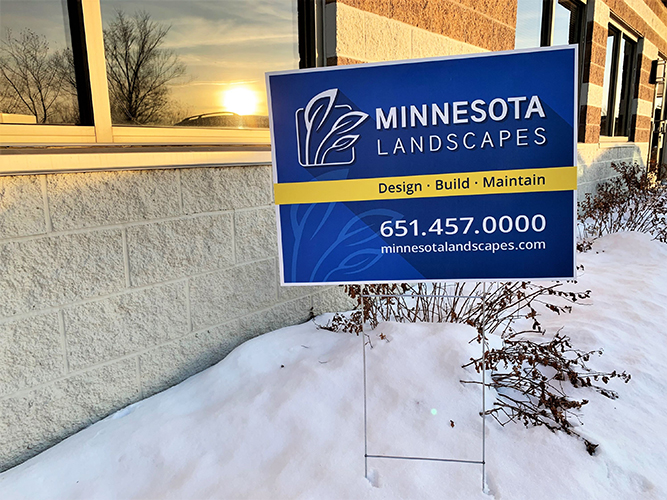
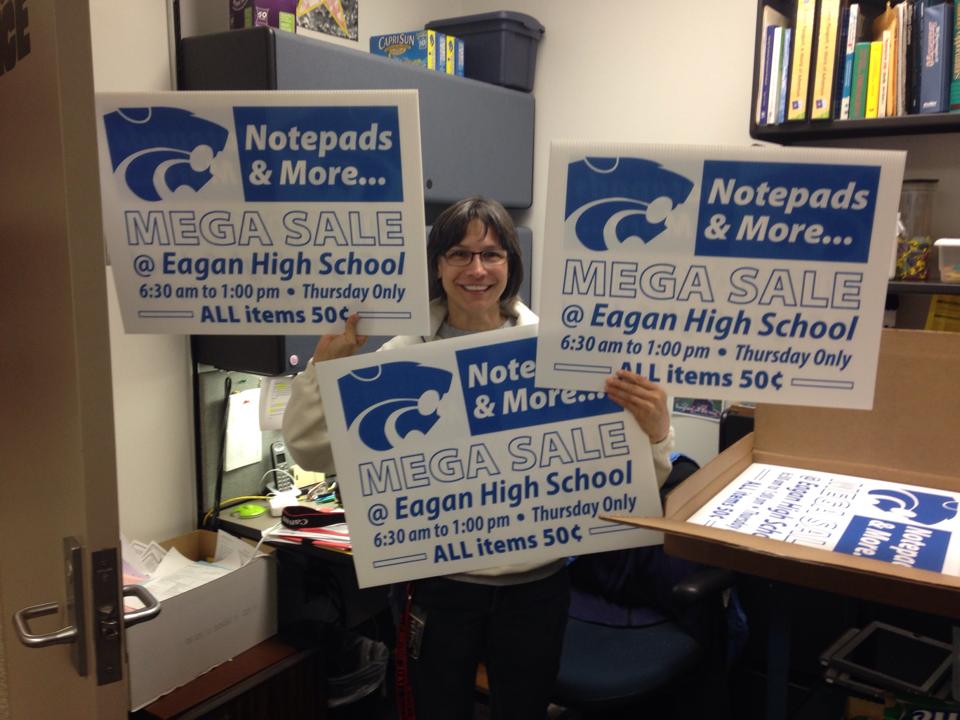
Outdoor Signage Tips
- Keep your message clear and straightforward.
- Choose large fonts and bold or high-contrast colors to ensure visibility.
- Choose a material durable enough to withstand the length of time it needs to be up and exposed to the elements.
- Make sure your outdoor sign is legible from where your audience will view it.
Outdoor Signage Maintenance Tips
Here are some pro tips to keep in mind after you purchase an outdoor sign:
- Wipe down your sign regularly to maintain its appearance.
- If removable, store in a cool, dry place when not in use.
- Repair damage quickly to extend sign life. Consult professionals if needed.
Recycle or Upcycle Old Outdoor Signs
When signs reach the end of their life, consider recycling or creative reuse. Plastic and metal signs may be disassembled and recycled. Check locally for guidance.
You can also upcycle old signs—use them as paint shields, makeshift tables, or craft backdrops. If you’ve found creative uses, we’d love to hear them!
And next time you’re in the market for an outdoor sign, we’d love to help. Consider Impression Signs and Graphics your reliable, experienced, and friendly go-to for all your outdoor sign solutions. Contact us today to get started.
📞 651-328-6600 | 📧 info@ImpressionSigns.com |Looking for something special?
As your full-service sign shop, we can handle any request big or small. Contact us today!

